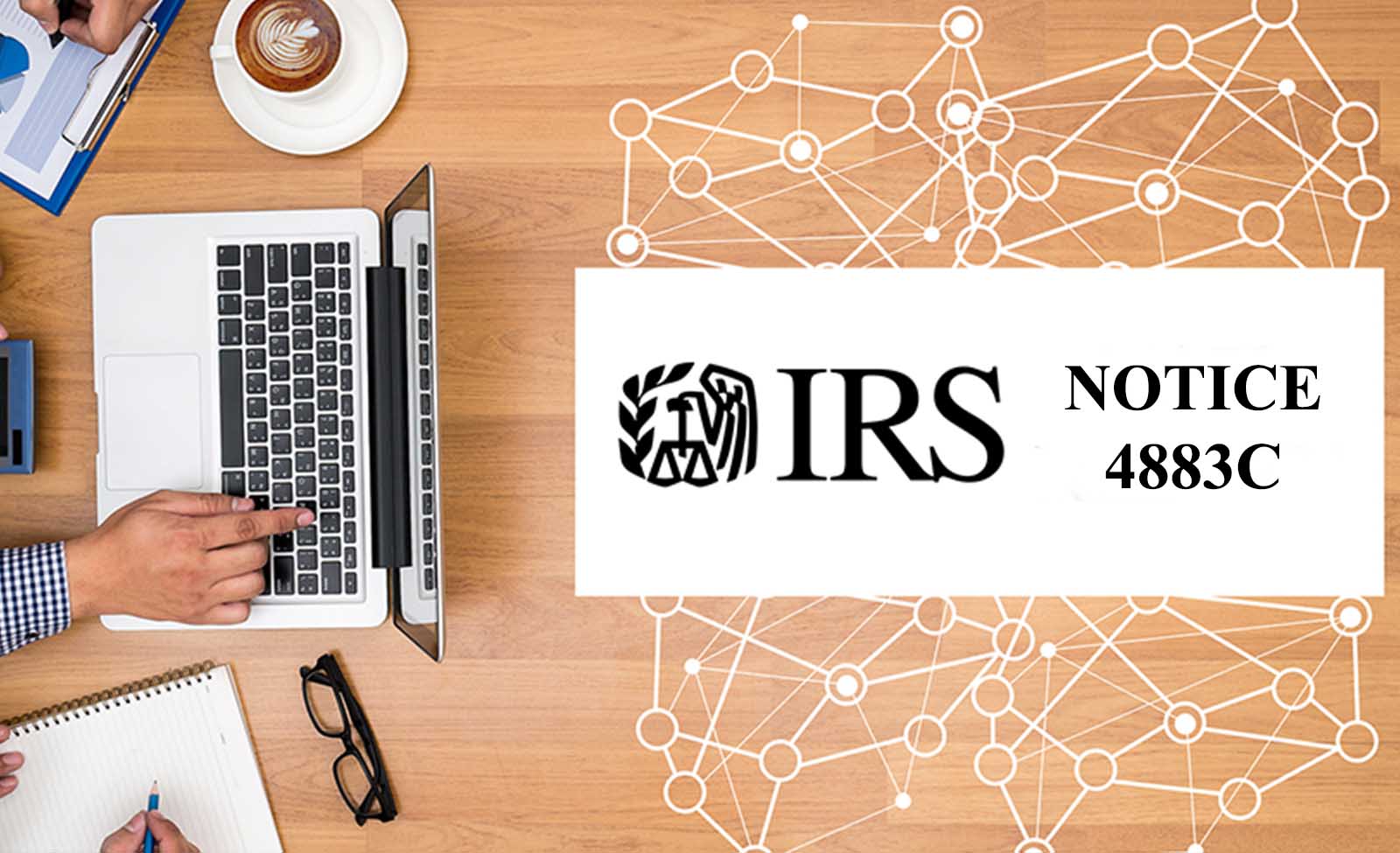

Finance
Reverse Greenshoe Option Definition
Published: January 20, 2024
Learn about the definition and benefits of reverse greenshoe option in finance. Discover how this unique feature helps stabilize stock prices and manage volatility.
(Many of the links in this article redirect to a specific reviewed product. Your purchase of these products through affiliate links helps to generate commission for LiveWell, at no extra cost. Learn more)
Understanding the Reverse Greenshoe Option: A Powerful Tool in Finance
Finance is a vast field, with numerous concepts and strategies that shape the way businesses operate and investors make decisions. One such powerful tool is the Reverse Greenshoe Option. In this article, we will explore the Reverse Greenshoe Option’s definition, how it works, and its significance in the financial world.
Key Takeaways:
- The Reverse Greenshoe Option is a provision that gives underwriters the right to buy back shares from the market after an initial public offering (IPO).
- It allows underwriters to stabilize a stock’s price, manage demand-supply dynamics, and potentially generate additional profits.
So, what exactly is the Reverse Greenshoe Option? Also known as the “overallotment option,” it is a provision granted to underwriters during an IPO. Traditional greenshoe options provide underwriters the right to sell more shares than originally agreed upon if there is high demand from investors. However, a Reverse Greenshoe Option grants underwriters the right to buy back shares from the market after the IPO, typically at the offering price, for a predetermined period, typically 30 days.
Now, you may wonder, why would underwriters need a Reverse Greenshoe Option? This provision serves several purposes:
- Stabilizing stock price: During and immediately after an IPO, the stock price may experience volatility due to high demand, irrational exuberance, or market fluctuations. The Reverse Greenshoe Option allows underwriters to meet this demand, stabilize the stock price, and ensure a smooth trading experience for investors.
- Managing demand-supply dynamics: The Reverse Greenshoe Option enables underwriters to manage the supply of shares available in the market. By buying back shares, they can regulate the overall supply to match the demand, preventing excess supply that could potentially lead to a decline in share price.
- Generating additional profits: Underwriters can exercise the Reverse Greenshoe Option by buying back shares at the offering price and then reselling them later at a potentially higher price. This allows them to profit from the price appreciation.
It’s important to note that the Reverse Greenshoe Option is not always exercised. If the stock price remains stable or experiences a decline, underwriters might choose not to use this option. However, having this provision in place provides underwriters with flexibility and ensures they can fulfill their role of supporting the stock’s trading and liquidity.
To summarize, the Reverse Greenshoe Option is a powerful tool that underwriters use during an IPO to stabilize the stock price, manage demand-supply dynamics, and potentially generate additional profits. By exercising this option, underwriters can maintain market stability, provide liquidity, and enhance investor confidence.
Understanding the Reverse Greenshoe Option is crucial for anyone involved in finance. Whether you are an investor, a business owner, or a finance professional, having knowledge of this concept can help you make informed decisions and navigate the complex world of IPOs and stock trading.














